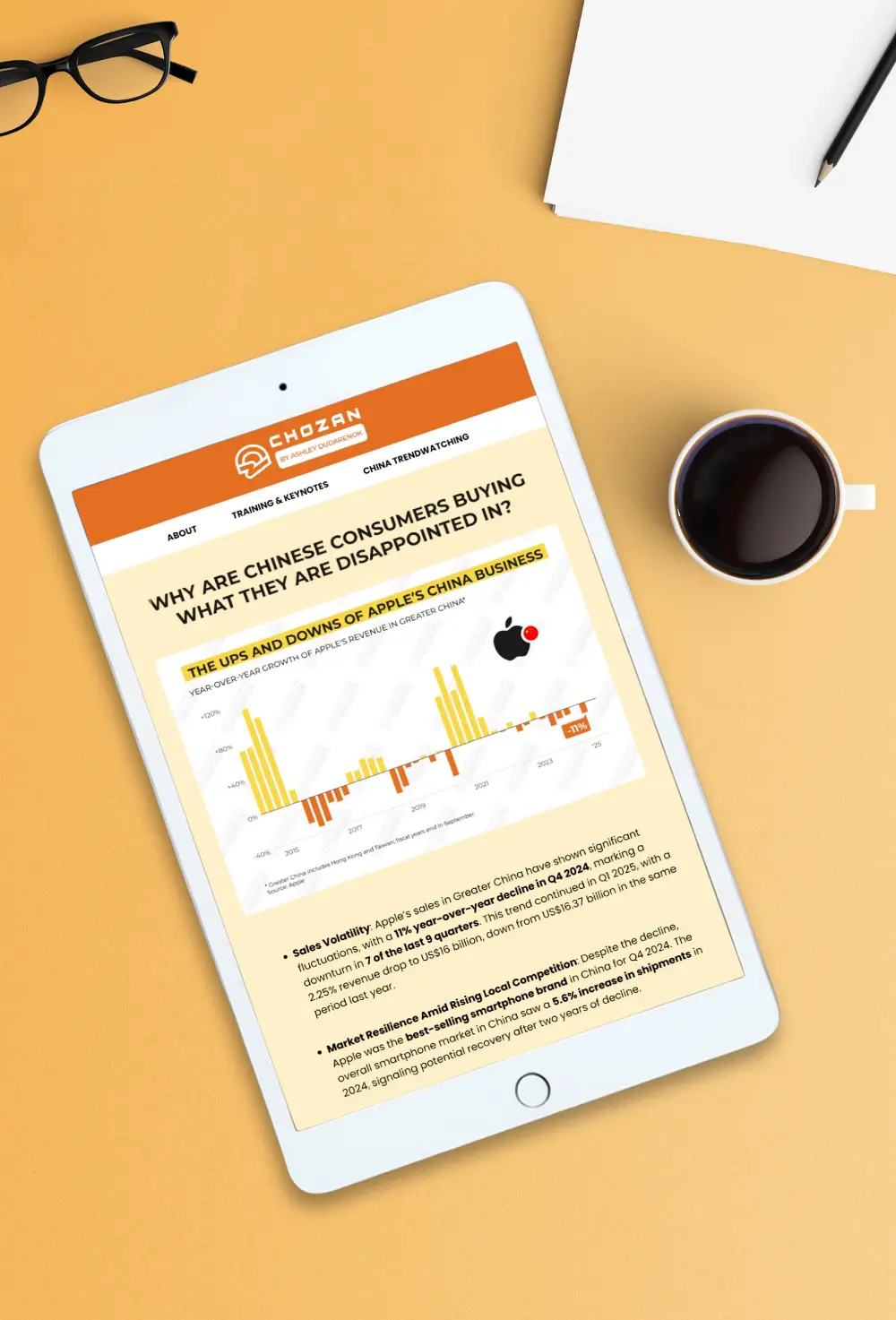CONTENT

By: Ashley Dudarenok
Updated:
Some companies have resorted to exploiting the use of fake accounts on Chinese social media, in an attempt to promote products, establish a good brand reputation, deal with public relations crises, or even to outsell competitive rival brands. It is not uncommon for companies to hire online public relations or marketing agencies to create fake accounts or pay people to post comments or reposts in large quantities. This fake account use is largely fueled by a lack of knowledge on how to effectively advertise on Chinese social media.
These fake accounts appear in many different social media platforms in China, including Weibo, Baidu Tieba, WeChat, and other Chinese social media platforms. They are called “水军” (Shui Jun) in Chinese. They are created in large numbers and the posts they send usually do not make sense.
We will use Weibo as an example to explore how fake accounts are used by brands attempting to advertise on Chinese social media and how they can be recognized.
On Weibo, some bloggers will purchase fake accounts to increase their account’s number of followers, and then fabricate interactions with them so that their accounts look more popular with a bigger follower base and a higher engagement rate.
This is especially when bloggers must meet the promotion requirements set by their clients who pay them for their product or brand marketing.
Buying fake followers and creating fake comments and reposts is prohibited on Weibo, however despite this it remains a common practice for companies.
Fake accounts on Weibo are usually created by sophisticated programs such as bots; they are less commonly managed by individual agents.
Most fake account providers can be found on Taobao, one of China’s most popular online shopping websites. When you type keywords like “微博” (Weibo) and “买关注” (buy followers) in the search bar, you will find thousands of Taobao vendors selling fake accounts, reposts, comments, or likes, immediately, with prices ranging from 1 RMB for 100 low-quality fake accounts, to 15 RMB for 100 high-quality ones.
In general, the more expensive a fake account is, the higher the quality, and the lower the likelihood of it being identified.
↑ Shops selling fake Weibo accounts on Taobao
The low-quality fake accounts mentioned above refer to those with no profile image or customized username. These low quality accounts can be seen all over Chinese social media. They usually have only few or even no Weibo posts.
These kinds of fake accounts can be easily identified by users, and easily detected and deleted by Weibo.
↑ An example of a low-quality fake account
High quality accounts, however, have a customized username and a reasonable amount of posts, and thus are not easily identified as fake. Particularly high quality fake accounts will contain personal information, such as location, sex, and age.
↑ An example of a high-quality fake account
Though sometimes it may be difficult to identify a fake account, there are usually still some clues:
Fake accounts usually do not have a customized username. The usernames shown on their accounts are either preset by the system, (like “用户[user] xxx” or “手机用户[mobile user] xxx”) or they are combinations of random numbers and alphabetical letters.
Most fake accounts do not have their own profile picture, or they use low-resolution pictures instead.
Most fake accounts usually follow many people, but have few followers themselves. Sometimes it is extremely disproportionate.
↑ An example of a fake account with no customized account name, profile picture, and few followers.
Most fake accounts have very few or even no Weibo posts. Even when they do have posts, the content is generally messy, irrelevant, and meaningless.
↑ An example of the Weibo posts of a fake account
In addition to serving a purpose as fake followers, fake accounts can also facilitate fake interactions, including fake comments, reposts, and likes. For brands advertising on Chinese Social Media, fake interactions can be purchased separately or in a set.
For example, you can buy 100 reposts with 20 comments and 50 likes. The provider can create random content for you, or you can also propose your own content.
↑ An example of fake reposts of a Weibo post promoting an animation movie to be released. Different fake accounts post the same sentence repetitively on a range of promotional posts.
Hints also exist that help users to check whether an interaction is genuine or fake; we can identify fake interactions from the content of comments or reposts. Usually, the content will be similar, and at times repetitive; different accounts will often post similar comments or reposts.
Sometimes the content will have little relevance to the original Weibo post. Thus, these fake interactions exist to fabricate popularity, but rarely do they relate to the company or its products.
No. In sum, we do not recommend the purchase of fake accounts because they are not real people that you can convert into real customers.
As a result, they do not return real marketing results for brands advertising on Chinese social media. Moreover, it is not cost-effective because you may have to buy new fake accounts very often since Weibo deletes them regularly. You may also get punished by Weibo for using fake accounts to increase your number of followers. Thus, it hurts your brand reputation.
Do you want to learn about any other topics? Would you like to learn about marketing campaigns on Weibo and how to launch them? What the best Weibo advertising options are? Leave a comment below and we would be more than willing to answer any questions you may have.
To get deeper insights into Chinese social media marketing and utilizing it to serve your business, join ChoZan, a training and resources platform for Chinese social media marketers.
Please follow our official WeChat account to get more updates about the latest news, feature updates and case studies.

Share this article on your favourite social media
By subscribing to Ashley Dudarenok’s China Newsletter, you’ll join a global community of professionals who rely on her insights to navigate the complexities of China’s dynamic market.
Don’t miss out—subscribe today and start learning for China and from China!

Top Live Streaming Platforms in China for 2025


8 Photo-Sharing Alternatives to Pinterest in China
Ashley Dudarenok is a leading expert on China’s digital economy, a serial entrepreneur, and the author of 11 books on digital China. Recognized by Thinkers50 as a “Guru on fast-evolving trends in China” and named one of the world’s top 30 internet marketers by Global Gurus, Ashley is a trailblazer in helping global businesses navigate and succeed in one of the world’s most dynamic markets.
She is the founder of ChoZan 超赞, a consultancy specializing in China research and digital transformation, and Alarice, a digital marketing agency that helps international brands grow in China. Through research, consulting, and bespoke learning expeditions, Ashley and her team empower the world’s top companies to learn from China’s unparalleled innovation and apply these insights to their global strategies.
A sought-after keynote speaker, Ashley has delivered tailored presentations on customer centricity, the future of retail, and technology-driven transformation for leading brands like Coca-Cola, Disney, and 3M. Her expertise has been featured in major media outlets, including the BBC, Forbes, Bloomberg, and SCMP, making her one of the most recognized voices on China’s digital landscape.
With over 500,000 followers across platforms like LinkedIn and YouTube, Ashley shares daily insights into China’s cutting-edge consumer trends and digital innovation, inspiring professionals worldwide to think bigger, adapt faster, and innovate smarter.
Please check your email and confirm your subscription.

Please check your email and confirm your subscription.

Please check your email and confirm your subscription.